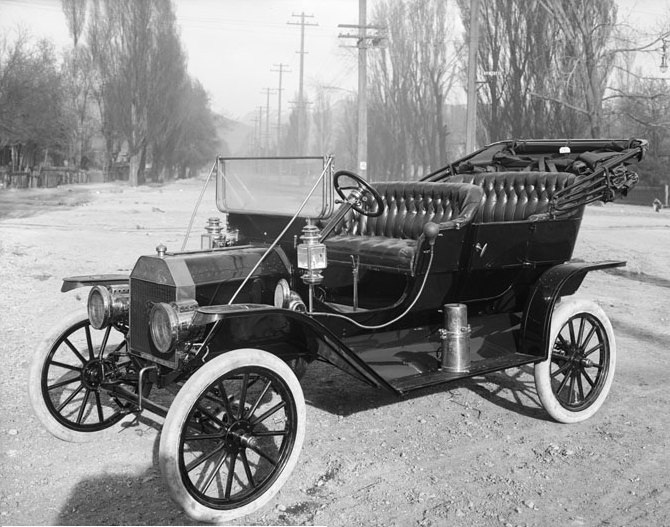Geopath Friday Fast Fact – October 7th
Ford’s Model T Seismic Impact On OOH


It’s not often that the events of a single day have a seismic impact on everything from transportation, to manufacturing, to OOH itself. However, such is the case of October 7th 1913, when Henry Ford introduced the moving assembly line at his Highland Park factory, forever changing transportation as we know it.
Ford’s Model T was introduced in 1908, and was initially far out of reach for the income of most American consumers. On top of this, the Model T was initially not quick to produce; in the first month of sale, only 11 cars were produced altogether.

Manufacturing as a process changed forever on October 7th, 1913 when Ford officially introduced the moving assembly line. Through a system of ropes and pulleys, Model Ts were assembled in a more modular and repetitive way, with workers doing a singular task repeatedly, for each car body that passed by on the line. This repetitive, modular method of manufacturing massively boosted productivity. What had once taken 12.5 hours could be done in 6 hours; eventually, this process got down to under 2 hours.
Productivity and output of Model Ts soared, and prices for the cars fell far, into a much more affordable range for more Americans. Though undeniably more efficient, the assembly line method of manufacturing was not without significant drawbacks. The repetitive, timed tasks needed in this method quickly began to wear on factory workers. Injuries became constant, burnout among employees set in quickly, and turnover rates were reported to be as high as 300%.
Ford’s assembly line method has since permeated manufacturing across the world, and is employed heavily in automated factories that produce massive output. However, beyond the more apparent impacts this had in the world of manufacturing, Ford’s assembly line process forever changed the auto industry in America. For the first time, cars became both accessible and affordable, and were now a truly viable alternative to horse-based transportation.
This very manufacturing process had a direct, massive impact on the world of OOH advertising as well. The boom in automobiles, and their increasing availability allowed more people to travel regularly, and for longer distances. Highways and other major roadways began to flourish in the 1910s, and with this, increased opportunity of OOH advertising. The early 1900s saw the beginnings of OOH as we know it today, directly propelled by more cars on the road and more opportunities to reach audiences.
